|
The Abstract Noun Recognize an abstract noun when you see one. Nouns name people, places, and things. One class of nouns is abstract. Your five senses cannot detect this group of nouns. You cannot see them, hear them, smell them, taste them, or feel them. Check out the following example: When Joseph dived into the violent waves to rescue a drowning puppy, his bravery amazed the crowd of fishermen standing on the dock. Bravery, one of the nouns in this sentence, is an example of an abstract noun. You can see Joseph, the water, and the crowd. But you cannot see braveryitself. Bravery has no color, size, shape, sound, odor, flavor, or texture; it has no quality that you can see, hear, smell, taste, or touch. Any noun that escapes your five senses is an abstract noun. Don't confuse an abstract noun with a concrete noun.
Many nouns are concrete, not abstract. Concrete nouns register on your five senses. Here is an example: Joseph cuddled the wet puppy under his warm jacket. Puppy is an example of a concrete noun. You can see a puppy, stroke its fur, smell its breath, and listen to it whine. You can even taste the puppy if you don't mind pulling dog hair off your tongue! Because a puppy will register on all five senses,puppy is a concrete noun. Look over this chart contrasting abstract and concrete nouns:
0 Comments
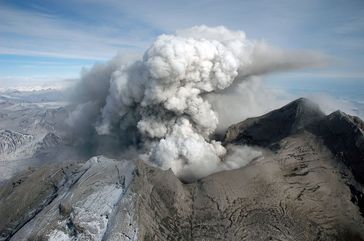 Volcanoes usually have a life of many thousands of years. Once a volcano has begun to erupt, it usually takes about ten years before that particular eruption comes to an end. Sometimes the eruption lasts for hundreds of years. The magma (molten rock) which is erupted from a volcano comes from deep inside the earth — usually from about 150 kilometers deep. The pressure there is enormous. The pressure forces the magma to rise through the crust of solid rocks, creating a volcanic eruption. Volcanoes release ash at the beginning of an eruption because the amount of gas is very high and it drives the explosions. After that time, the lava may come out but it usually has very little energy, so it is not very dangerous. The first volcanic eruption happened before the first human existed. The earth has had erupting volcanoes since just about the first years that it existed — about four and a half billion years ago. In fact, some of the best places for finding the fossils of ancient humans are in east Africa because they are buried in ashes of ancient volcanoes that erupted around them. On the Earth today there are around 560 active volcanoes. Each week 15 – 20 of these volcanoes will erupt. Each year two or three volcanoes erupt that were previously thought to be dead. When hot molten magma escapes from the Earth’s core becoming cooler, and forming hard rocks, we refer to this process as volcanism. Volcanism takes place both above the surface of Earth, as well as beneath its surface. When molten lava escapes the Earth and reaches the surface geologists say that it is extrusive volcanism. When molten magma cools and hardens beneath the surface of the Earth, we say that it is intrusive volcanism. In some cases, molten magma cools and hardens deep beneath the surface of the Earth, far below the crust. When this happens, scientists call it plutonic volcanism. When volcanic activity takes place above ground, so that hot molten magma is released onto the landscape, we say that the volcanic activity is extrusive, meaning it is on the exterior, or outside of the Earth. Magma that reaches the service is known as lava. Lava flows are extraordinarily hot, and destructive. In many cases, these lava flows are slow and continuous, as is the case with the volcano on the Hawaiian Island. Hot lava flows year after year down the volcano, creating new terrain, rarely exploding. In other cases, volcanoes can erupt with unbelievable force and power. These types of eruptions can send lava, rock, and hot ash, known as pyroclastic material shooting outward for hundreds of square miles, in some cases, even sending up a worldwide cloud of dust and ash. One example of such an eruption is the island of Krakatua. In 1883 this island volcano exploded in a colossal event that completely destroyed the island, leaving nothing but ocean behind. The noise from the explosion was heard as far as 1,500 miles away, and dust filled the sky worldwide, creating beautiful sunsets for months. One of the most famous hot spots on Earth are the Hawaiian Islands. The oldest islands found in the Hawaiian Island chain consist of mostly dead volcanoes. These volcanoes were active millions of years ago, but the moving crust of the ocean floor has carried them away the hot spot that feed the volcanoes. The newest island is the big island, which today has two active volcanoes. These volcanoes are feed by the same hot spot that used to feed the dead volcanoes on older islands. Millions of years from now, it is likely that additional islands will form over the same hot spot, as the Earth’s crust carries the big island away from the hot spot it know sits on. When volcanoes erupt, the immediate effect on plant life is destructive and deadly. As lava, heat, and ash cover the landscape, trees and other plants are burned, buried, and destroyed. Thus, it is easy to suppose that volcanoes and plants don’t mix. While it is true that the immediate effect of volcanoes on plant life is death, the long term effect is very positive. Magma from the Earth’s core contains a rich source of nutrients that plants need to survive. Each time a volcano erupts, it brings these nutrients with it. When volcanoes explode, spreading ash around a large area, this ash acts as a fertilizer, enriching the soil. It is no surprise that the soil near volcanoes is among the richest and most fertile on Earth.
|
Important WebsitesFirst Grade Code.org Categories
All
Archives
May 2019
|

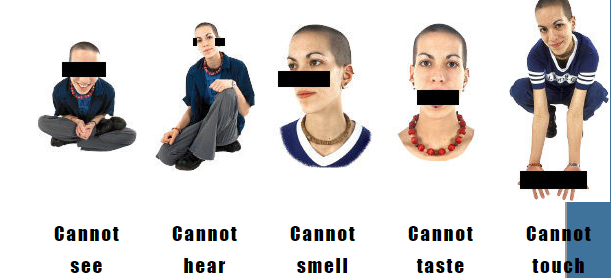
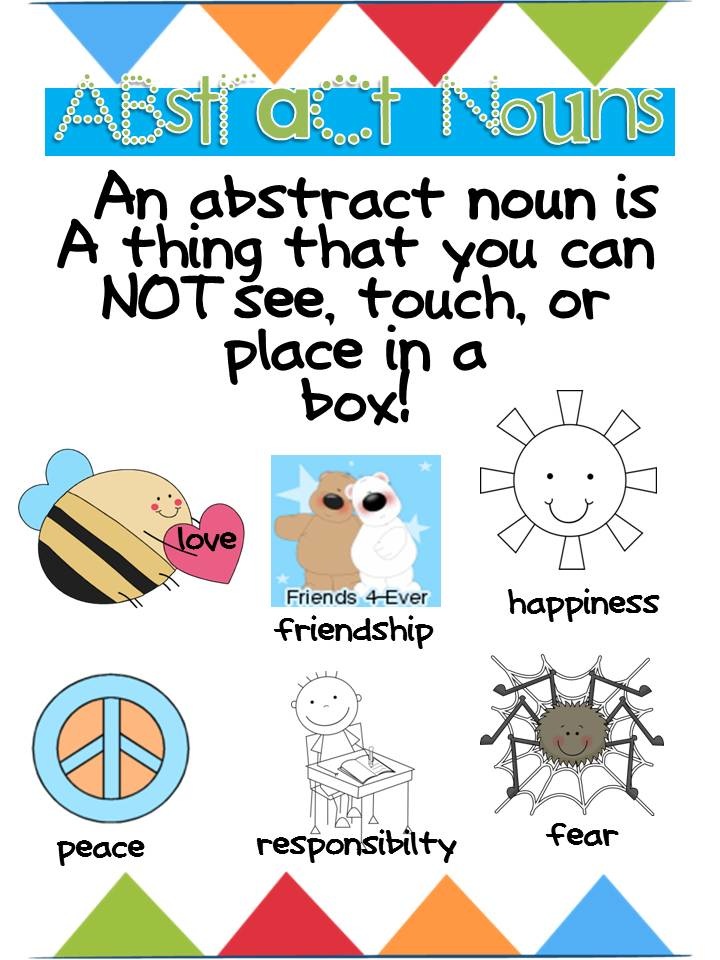
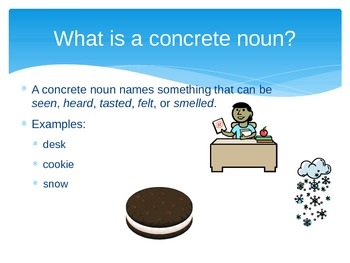
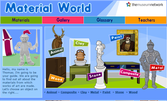
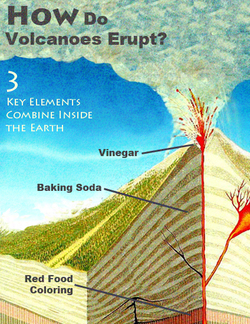
 RSS Feed
RSS Feed
